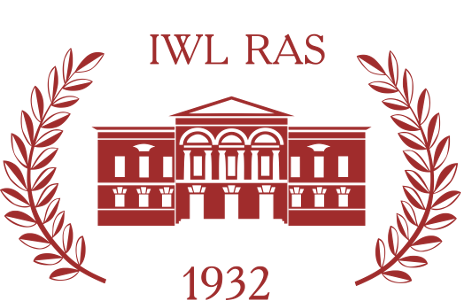Information about the author:
Iaroslava Iu. Muratova
Iaroslava Iu. Muratova, PhD in Philology, Professor Assistant, Maxim Gorky Institute of Literature and Creative Writing, Tverskoy Bulvar, 25, 123104 Moscow, Russia.
ORCID ID: https://orcid.org/0000-0002-2229-8675
E-mail:
Abstract:
As the article shows, Ian McEwan first addressed the idea of an artificial body coming to life in his collection of novellas for children “The Daydreamer” (1994) in which the key character inhabits for a while a body of a broken doll. He returns to the idea later in a far more sophisticated form in his si-fi novel “Machines Like Me” (2019). The book casts a tentative look at philosophical and scientific prospects in the area of artificial intelligence thus trespassing the borders of “posthuman studies” as it has been called for several decades already by philosophers and futurologists. Accordingly, the article explores theoretical and philosophical aspects of the term “posthuman” in Russian and English-speaking criticism. It studies the meeting points between McEwan and “Frankenstein; or, The Modern Prometheus” by Mary Shelley (1818) and reveals a great deal of influence of that Romantic text on contemporary literature, i. e., it explains the coming of such popular figures as a mad genius scientist and an artificial creature-android. McEwan follows his own way and introduces into his novel a character of Alan Turing, a genius mathematician and inventor of first machines with artificial intelligence, known for his “imitation game” that deconstructs the anthropocentric scheme. His first android, Adam, gets into troublesome relationship with its first buyers, Charlie Friend and his girl-friend Miranda, who represent the world of Great Britain in the 80s of XXth century. The concepts of human and posthuman are tested in extreme situations of choice-making and conflicts linked with such essential parts of human life as love, family, crime, justice. The novel also reflects the author’s own rather controversial attitude to posthumanism.


